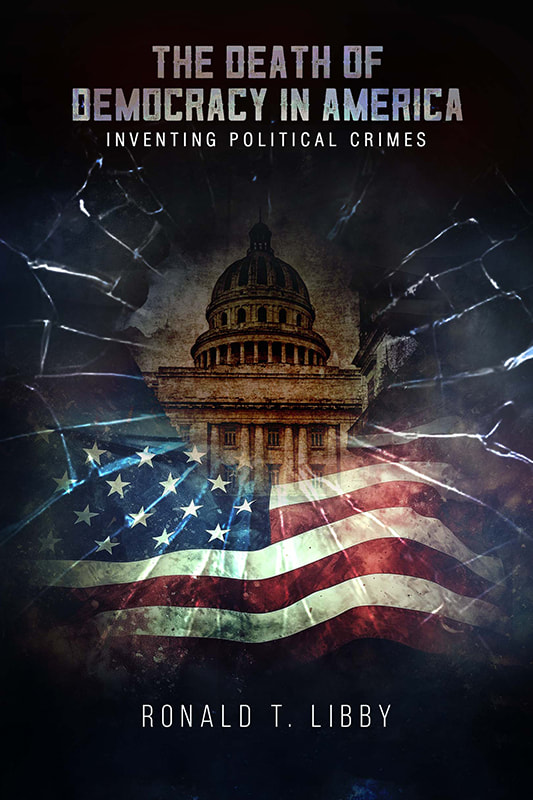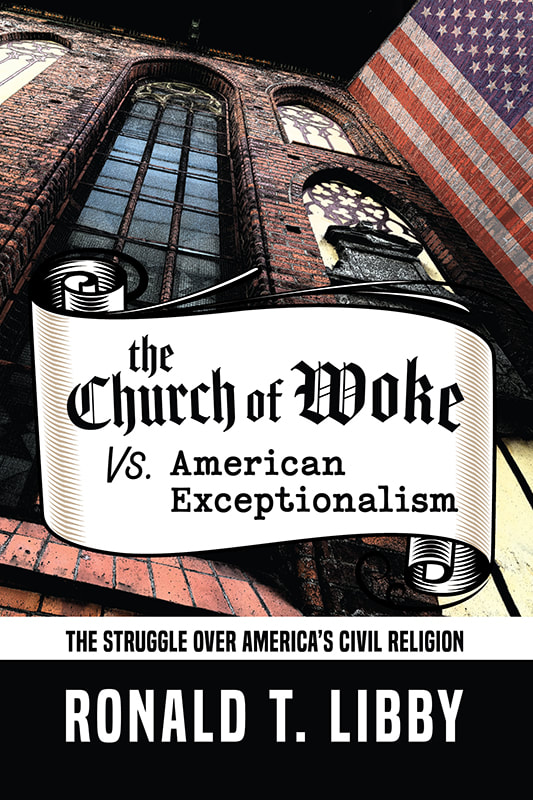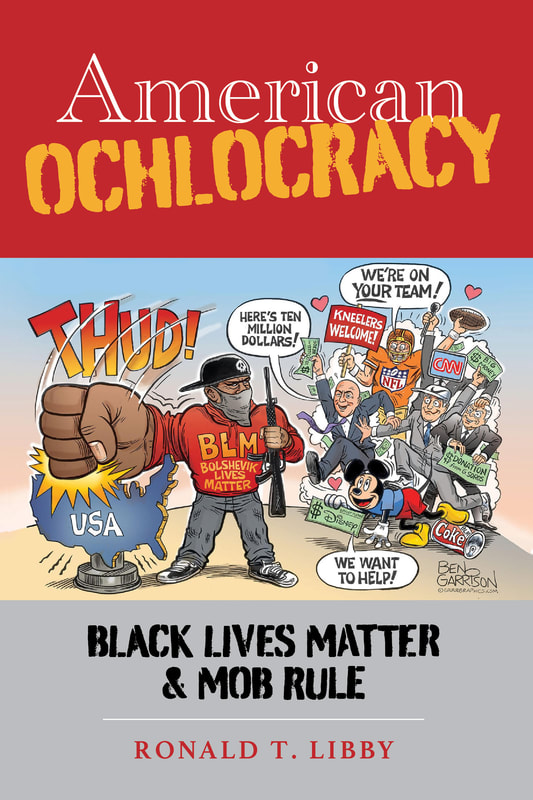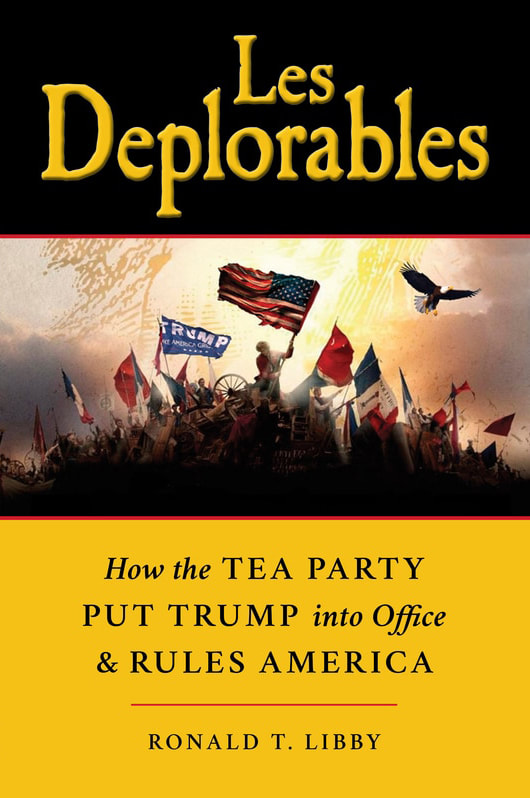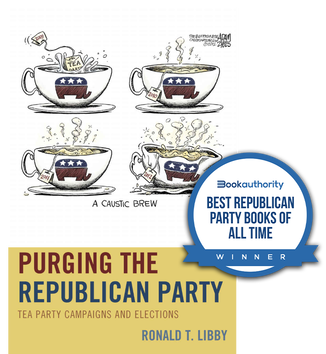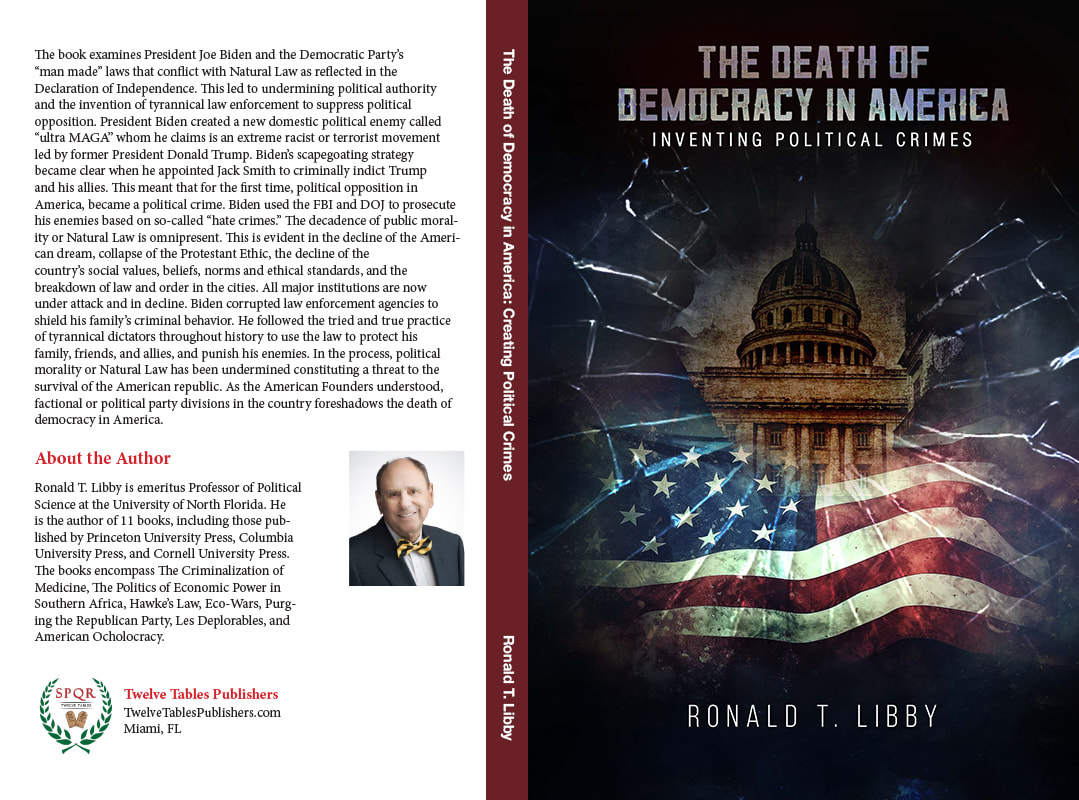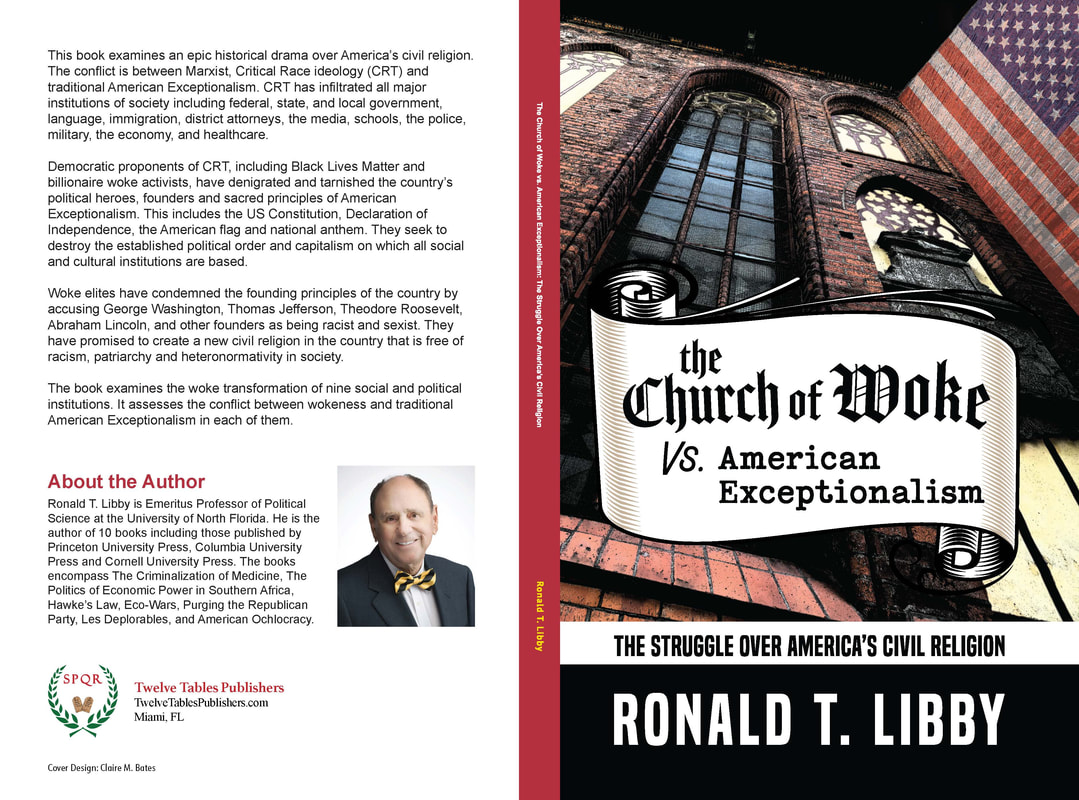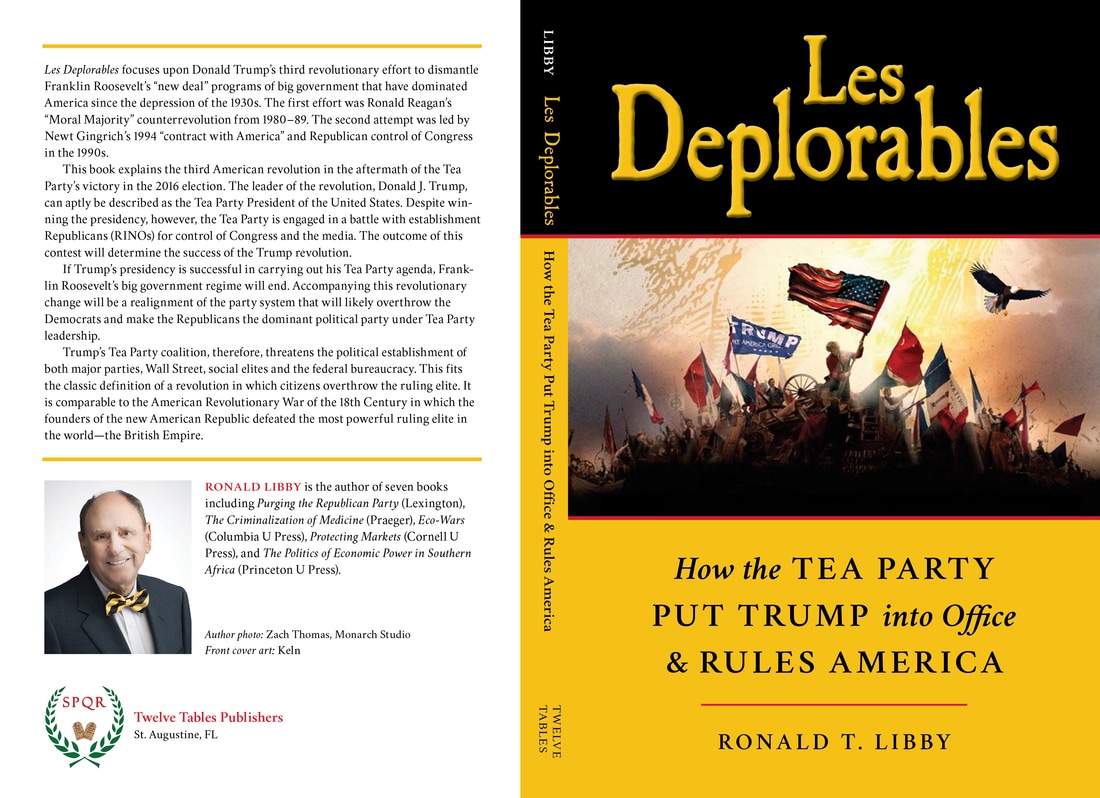Publishing titles America needs.
Twelve Tables Publishers is a new, innovative, publishing house designed to address the political and social revolution that erupted leading up to, and following, the 2016 presidential election of Donald Trump.
Scroll down to see book summaries or click images to view on Amazon.
Scroll down to see book summaries or click images to view on Amazon.
